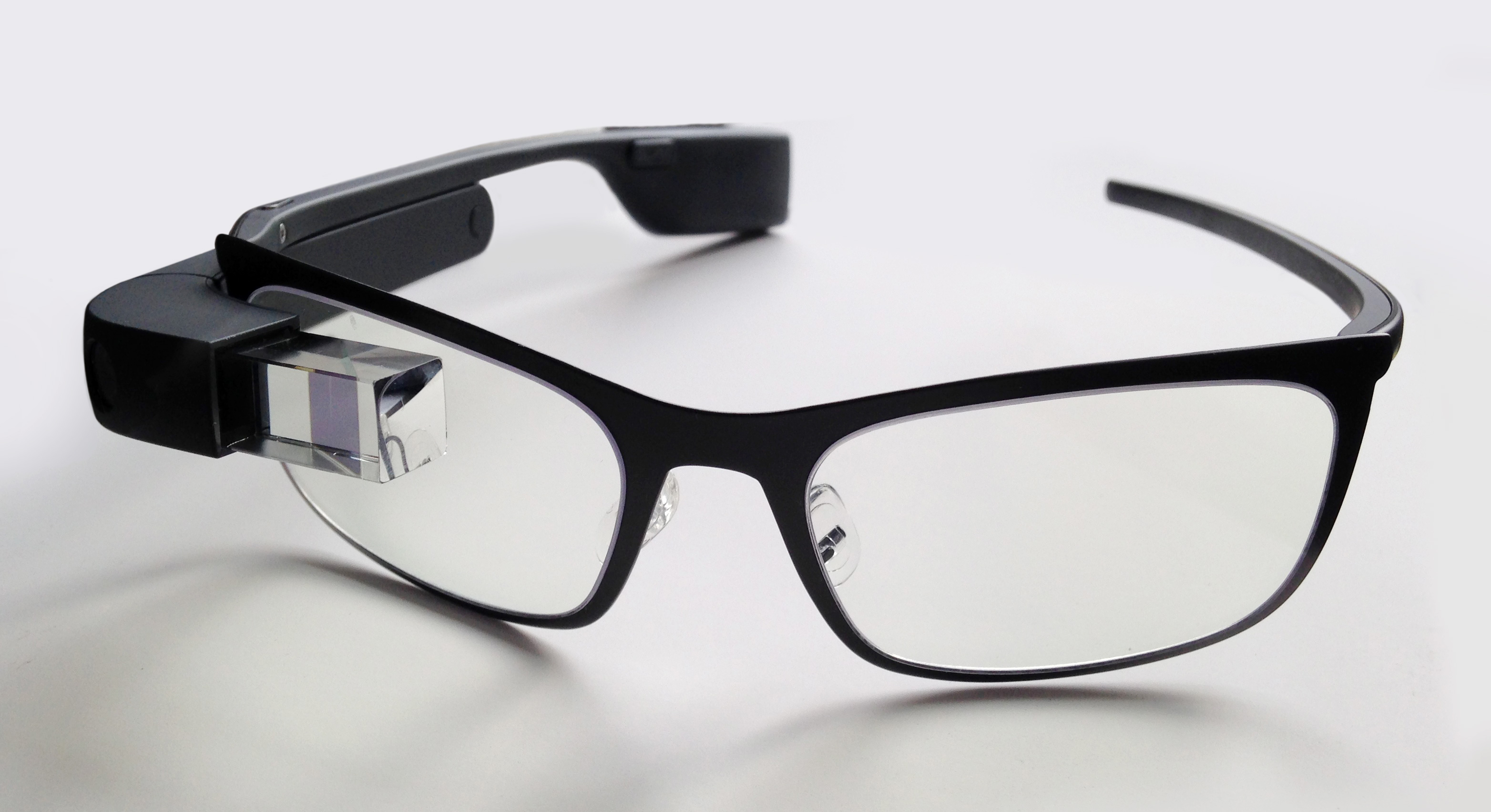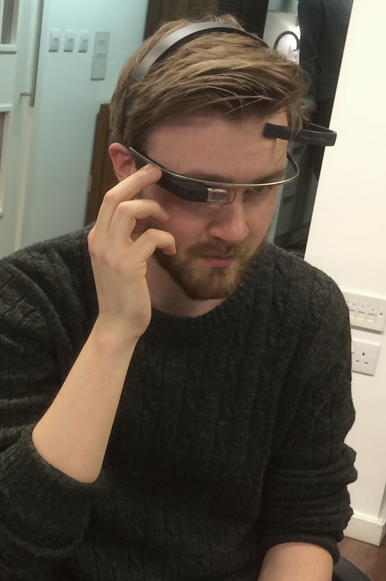Google Glass: Reading Your Mind With The Help Of A New App
This Place, a creative company based in London, has taken the next step in creating hands-free technology. Soon keyboards, touch screens, and even Google Glass’s finger swiping might be a thing of the past.
How It Works
The app, MindRDR, is designed to work with Google Glass and another head mounted sensor called the Neurosky EEG Biosensor to allow the user to take pictures and upload them to social media using only their mind.
How it works is pretty simple. The Neurosky biosensor picks up the user’s brainwaves that correlate with the user’s focus; these brainwaves are translated into a meter reading by MindRDR and are superimposed on the camera view in Google Glass. When the focus level crosses a certain level, which is represented by a horizontal line on the Glass interface, the app tells the user’s Google Glass to snap a picture. To post a picture on social media, the user merely has to increase their focus, the meter rises, and the app will tell Glass to post the picture.
As it is, the set up is still a little clumsy since it needs two pieces of hardware (the Neurosky EEG Biosensor and Google Glass) to be mounted on a user’s head, which can be rather bulky. As the project grows, it is predicted that the initial concept can be refined and polished so that the design can become lighter with multiple easier-to-use sensors.
How It Started
MindRDR was never a paid project that was commissioned by a client of This Place; instead it was created by the employees as a creative project outside their daily work. Chloe Kirton, This Place’s creative director, was the one who originally thought of MindRDR. The inspiration for this project came from Kirton’s awareness of some of Google Glass’s flaws. The Glass is a neat concept but many people are still reluctant to use it since it can leave users feeling rather uncomfortable at having to talk out loud and swipe their fingers through the air in front of them. MindRDR was Kirton’s solution to this discomfort.
What Does It Mean For The Future?
The creators believe that MindRDR could be the future in gaming, concentration training, and could even help improve the user’s comfort of living. This Place plans on continuing to develop the app into something that can help people suffering from locked-in-syndrome, severe multiple sclerosis, and quadriplegia to communicate with others and they also believe that MindRDR can be developed so it can anticipate the user’s needs and suggest things based on brainwave activity. This could include suggesting places to eat when the app sensors detect the user is hungry, or a hospital if the user is injured or sick, or even just a café if the user seems tired and in need of a caffeine jolt.
Whether or not MindRDR can reach that level of brain wave analysis, this app has already sparked a lot of excitement and it’s easy to see why. Even Stephen Hawking has expressed an interest in it. The app itself is free and This Place has put the code up on GitHub to encourage others to develop it as well.
So far, though there are many apps for Google Glass out there that can allow users to pay for online transactions, let doctors archive surgery videos for later use, or keep users’ schedules up-to-date, MindRDR is the first to use “brainwave-reading” technology.
So the future is here and if you want to start taking pictures with your mind, it will only cost you a cool $1,800 (the Neurosky sensor costs around $122 at retail while Google Glass is a hefty $1,700, luckily the app is free.) As of yet, Google has not yet reviewed or approved MindRDR.


